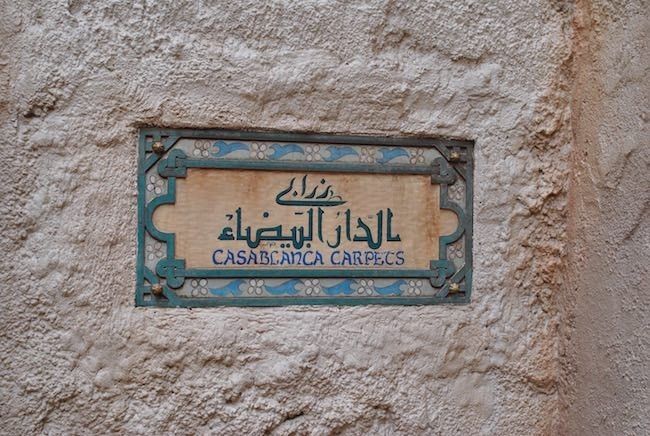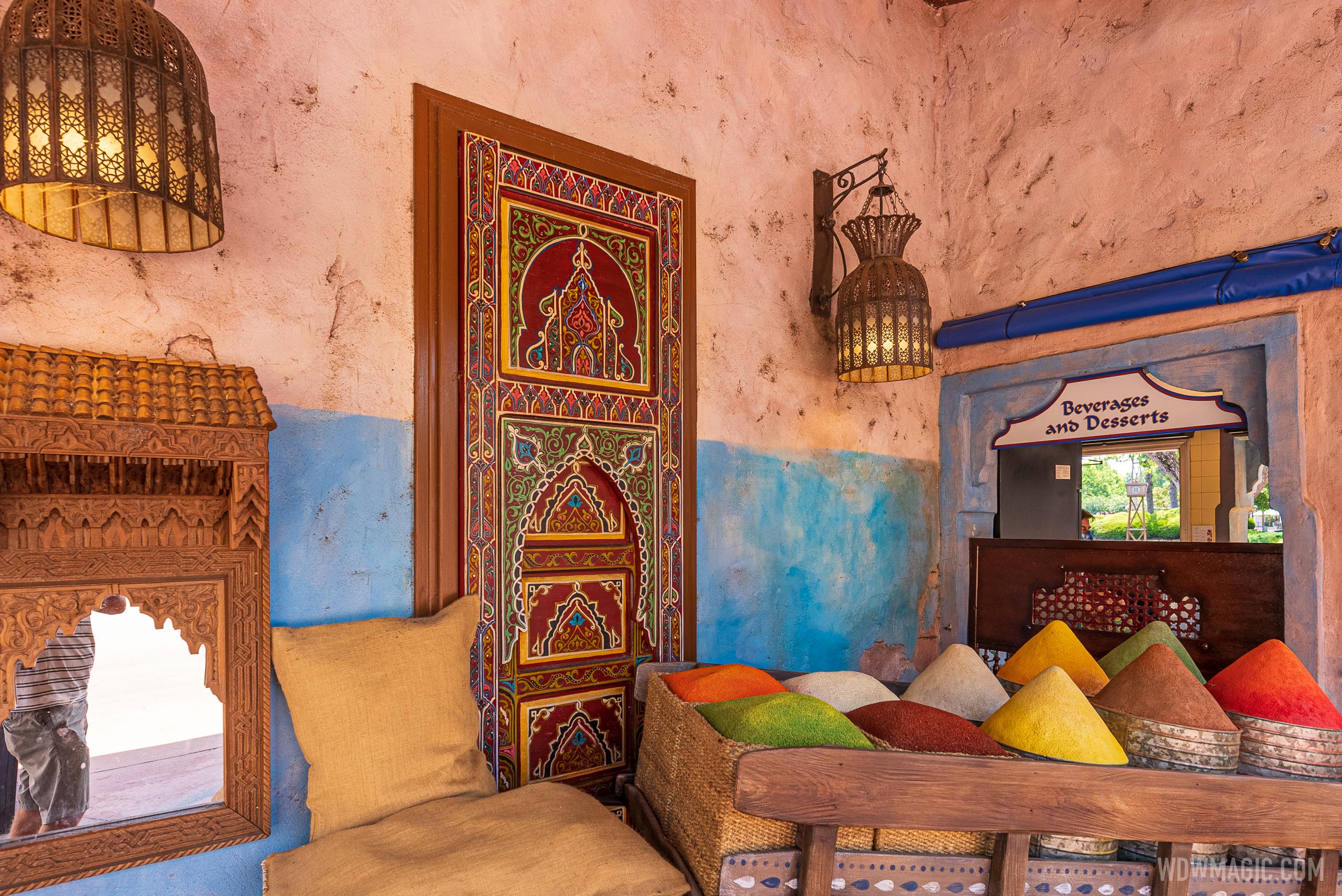ImperfectPixie
Well-Known Member
Having been a professional sign-writer for much of my adult life, there are different styles of painting used to achieve a typeset look (similar to Times or Garamond), and hand-written calligraphy or script. Calligraphy and scripts are generally produced using few brush-strokes, while Times and other typefaces require many more strokes per letter (and with a different style of brush) in order to accomplish the uniform thicknesses and serifs.Sorry, but you’re mistaken. Calligraphic Arabic would never look like this. The spacing is wrong and the letters, while neat, are inelegant. One wouldn’t expect such a text—on a wall, above a spice cart—to be written in a calligraphic style anyway, but rather in a script that resembles handwriting. What you see on the wall looks exactly as I have characterised it: like something written in Microsoft Word. It’s a fail.
ETA: The five samples of text in the image below give a better sense of what I’m talking about. The font they’ve used at Epcot is equivalent in effect to the top two samples: it is the unmistakable product of a computer. The three other samples (especially the one labelled “Arabic Typesetting”) are much closer in look to actual calligraphy (which, again, wouldn’t be the right look either for the spice cart).

Typeface design for use on computers has improved by leaps and bounds (especially with the creation of Open Face Type, which can automatically add additional decoration to particular letters and letter combinations), but it will never really hold a candle to hand-designed and hand-painted lettering, IMO.





